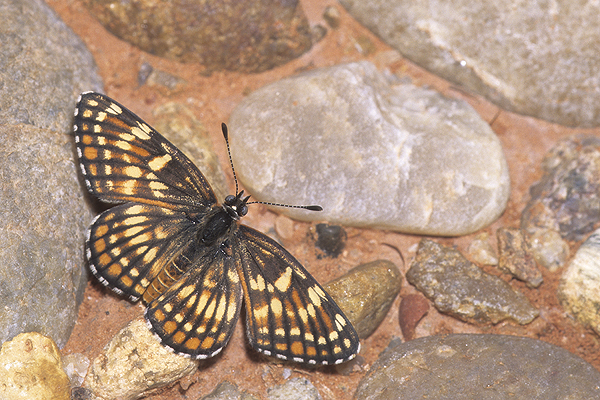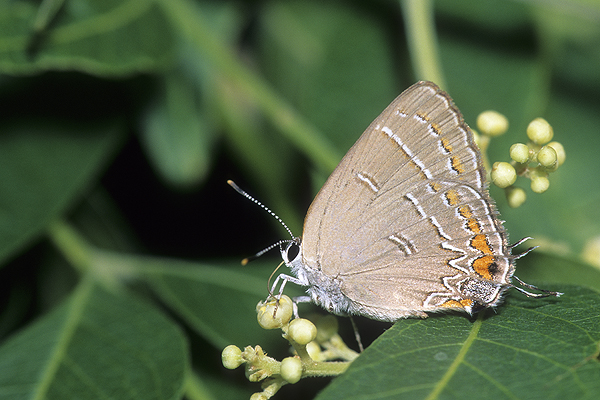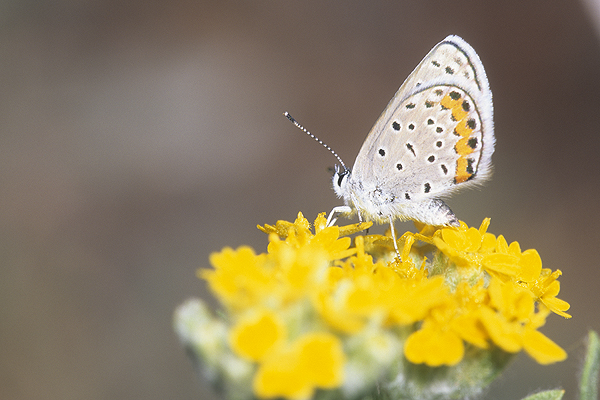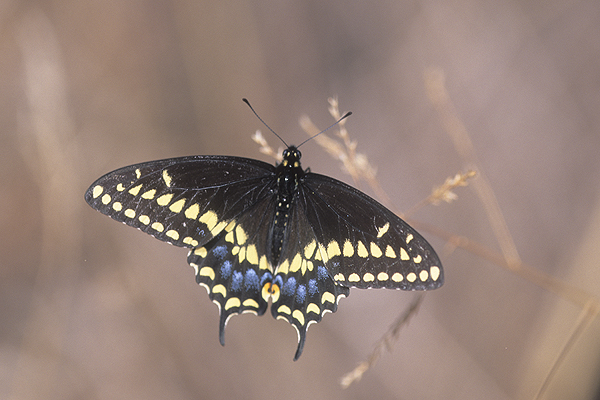The Butterflies of the World Foundation
A Non-
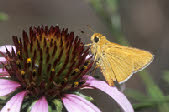
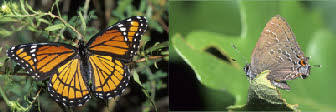
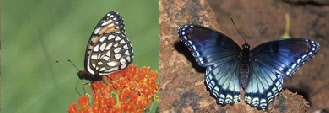
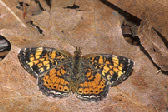
Bryan’s Favorite Photos of 2011
All photographs, artwork, text and website design are the property of The Butterflies of the World Foundation (unless otherwise stated) and are protected under national and international copyright laws. Photographs, artwork or text on this website may not be reproduced in any way without prior written consent of The Butterflies of the World Foundation.
“Without a doubt, the Monarch is the most recognized butterfly in North America. Not only is it stunningly beautiful, it has quite a natural history with it’s epic migration. Living in central Oklahoma, I have the pleasure of observing this, especially in the fall, when sometimes hundreds of individuals can be observed per hour travelling south. I was leading a butterfly workshop in September and on our walk we came upon at least 100 Monarchs nectaring from blazing star within a very small space. Many were very fresh and all of them were cooperative and posed for photos. I like the clean look of this one with just a butterfly on a flower popping from the background.”
“Towards the end of May, I was invited to join some other butterfliers to visit the Nature Conservancy’s Four Canyon Preserve, located in Ellis County, Oklahoma. It was very dry and they hadn’t received rain since October the year before. We were worried about not finding butterflies, but our concerns were soon abated when we saw some Fulvia Checkerspots along with several species of skippers. On the second day of exploring the preserve, we came upon a congregation of fresh males puddling and working some coyote scat. My best photos of them were when they were spread flat against the trail, such as this one is doing here.”
“The Leonard’s Skipper is a butterfly I’m familiar with from my days photographing
in North Dakota. I knew this late-
At many of our presentations, we get asked what our favorite butterfly images are. So, for the second year in a row, Bryan has selected his top 10 favorite photos from the year’s expeditions. Check out below each image for the reasons why Bryan selected them. Clicking on the photos will send you to the treatment page for that species.
“The Southern Broken-
“The Soapberry Hairstreak is one of those specialist butterflies that can be very
local in occurrence. You’d be hard pressed to find one not far from its larval food
plant, soapberry. Such was the case with this one. The manager of the Nature Conservancy’s
Pontotoc Ridge Preserve invited my wife and I for a day of exploring. She knew the
soapberry trees were in bloom and attracting different butterflies. I knew the timing
was perfect to find and photograph the Soapberry Hairstreak. Sure enough we saw
them. The only problem was they were nectaring too high to get any photos. Jona,
the manager, had a great idea and backed up the flat-
“Lupine or Acmon Blue? That is the question. Well, currently, it’s Lupine Blue, or Plebejus lupini. This is one species of butterfly that has had a change in where it’s placed taxonomically. I photographed this species years ago in North Dakota and then it was called the Acmon Blue, or P. acmon. Regardless of all of this, it’s one tiny and beautiful creature. We found these during my visit to the Four Canyon Preserve trip mentioned above. These guys are small and easily overlooked by the general public. I like the clean look of this shot with the butterfly standing out from the background.”
“I was out exploring the Ouachita National Forest with another butterflier when we saw some butterfly weed in full bloom along the road. We stopped and saw this plump female Coral Hairstreak gathering nectar. This situation makes for some easy photography. The hardest part is paralleling the wings as the butterfly twists and turns from floret to floret. As is a common theme in my favorites, I like the blown out background and the butterfly standing out sharply from the orange flowers.”
“I was photographing at the Four Canyon Preserve on the same spring trip mentioned above when I spotted this rare butterfly. This prairie butterfly is only found in good quality habitat. So, it was obvious that the Nature Conservancy was doing the right thing managing their property at the Preserve. The out of focus grasses were fairly close to the butterfly, so I reduced my depth of field even more to help them go further out of focus. I like the colors and clean look of this shot and its nice the butterfly is on the Oklahoma state wildflower, Blanket Flower.”
“The previous photo has the Oklahoma state wildflower. Here, we have the Oklahoma
state butterfly, the Black Swallowtail. In this case a male and he was guarding
his territory from rivals and an inquisitive photographer. This was early spring,
25 March, and he was perching on tall, dried grasses for a good vantage point. To
get the photo, it was just a matter of staying low, moving slow and paralleling the
wing surface. I kept my f-
“There are not many Oklahoma species of butterflies that I have yet to get on film. The Zebra Swallowtail was one that had eluded me until this day. I was on a 4x4 track deep in the Ouachita National Forest and came upon a section of horsemint growing along the trail. On it were dozens of freshly emerged Zebra Swallowtails. I couldn’t believe it and spent most of the day working them. It was very hot and they were pretty pumped up and jumpy from the heat and nectar. So, I had to work hard to get shots. I fired off a bunch of film and got several keepers. I like that the subject is up above the the main group of flowers making it stand out from the deeply shaded woods in the background. This was one of those memorable days of photography that I will cherish for a long time.”

